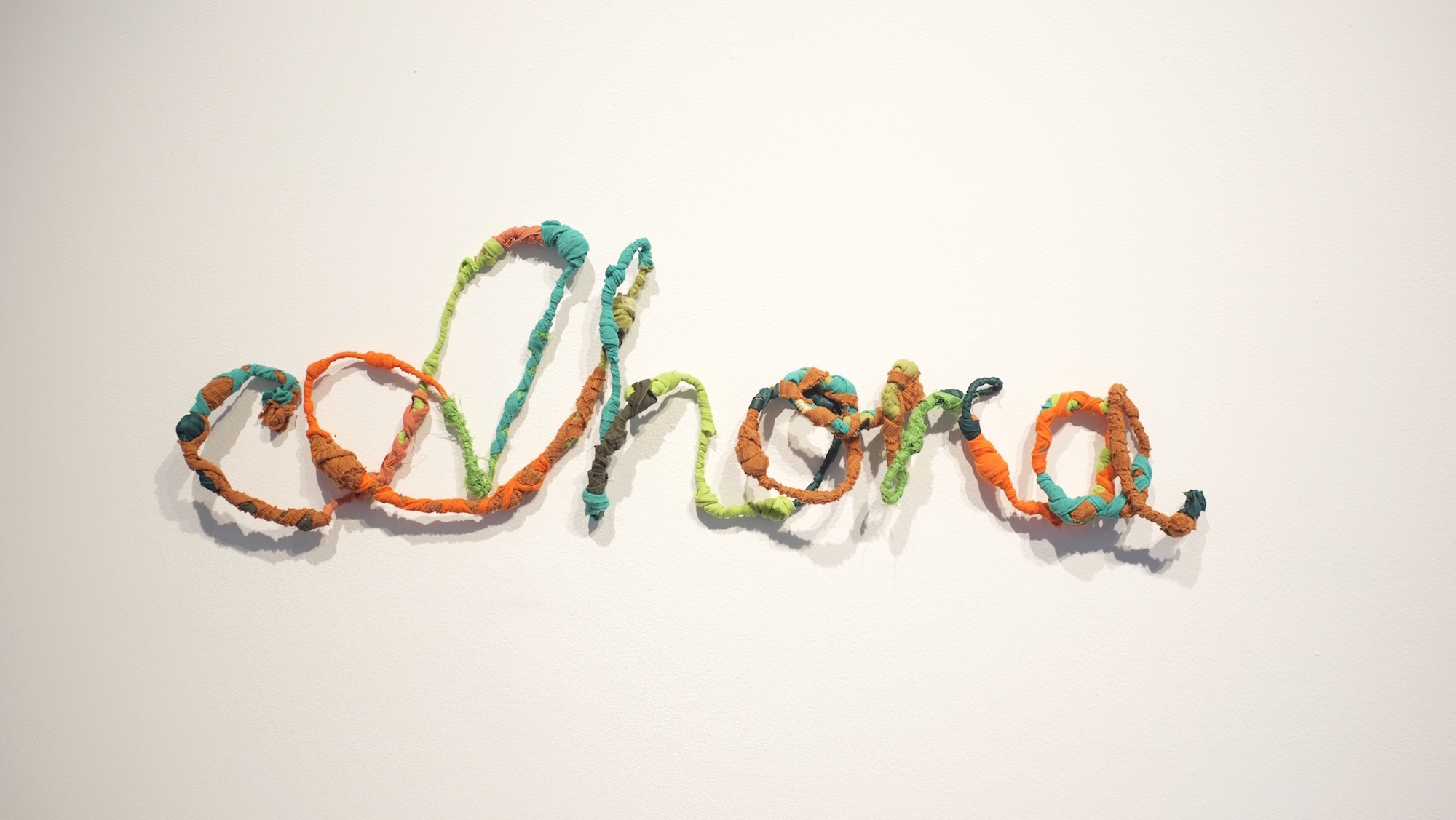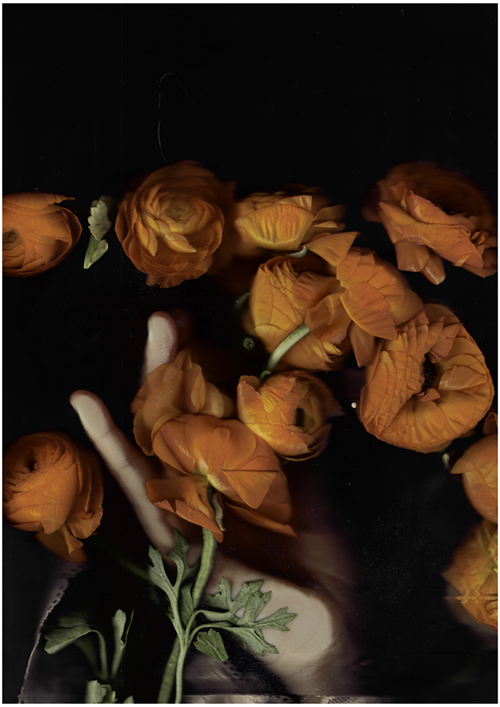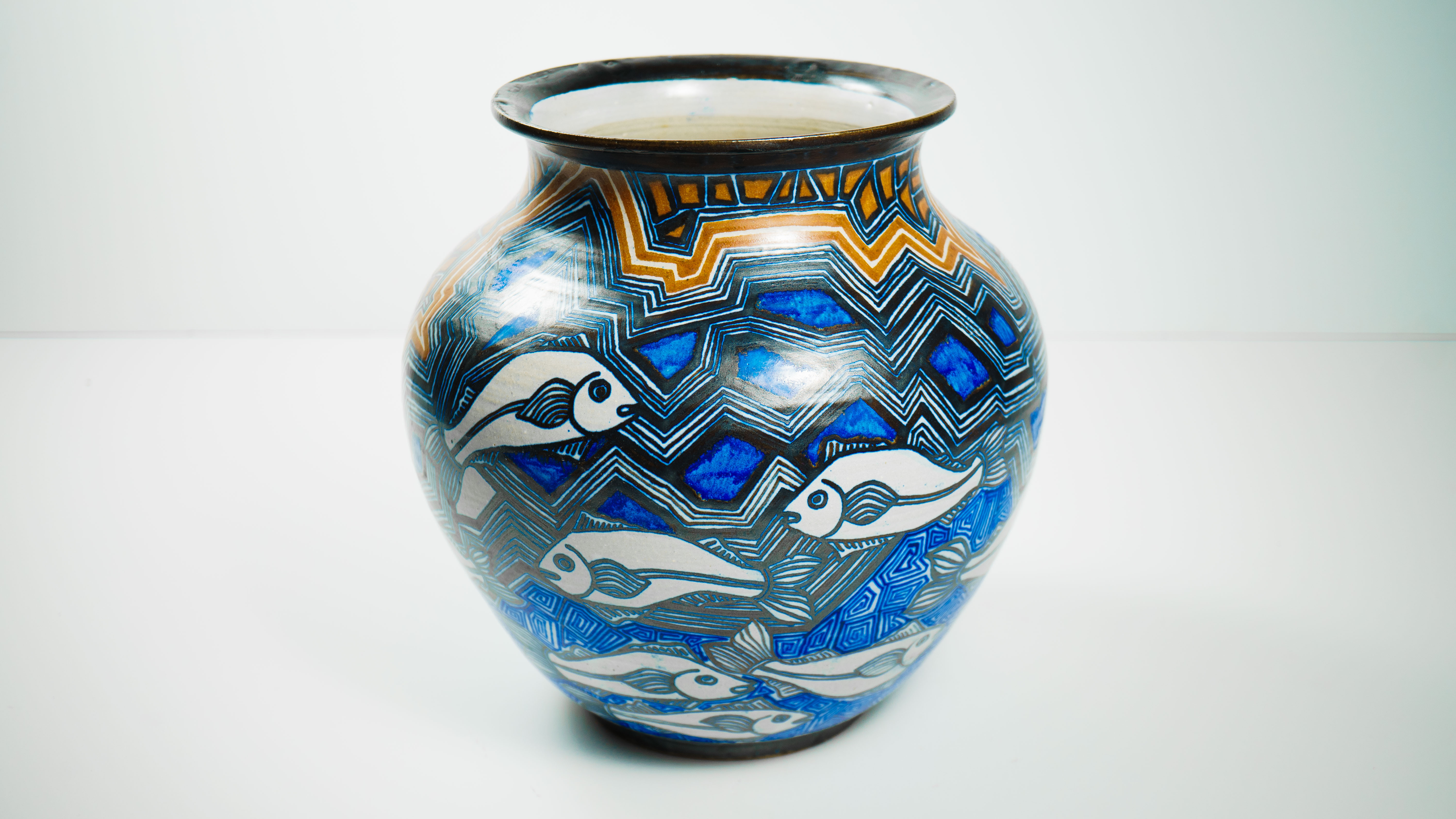Collections
Mexic-Arte Museum’s Permanent Collection is composed of over 4,000 works of historic and contemporary Mexican, Latinx, and Latin American art and material culture. The Collection features The Serie Print Project Archive, the Ernesto F. De Soto Collection, Juan Sandoval Collection, Taller de la Gráfica Popular Print Collection, Mexican Dance Masks, and other works.
In keeping with our mission, the Museum's Collection is used as a vehicle whereby the public can gain access to valuable information on cultural heritage and the impact of traditional and contemporary art in our everyday lives. While Latinx art is uniquely an American expression, it represents the universal human experience of the creative process. Mexic-Arte Museum’s Collection complements various disciplines of the humanities in the Museum’s programming; for example: American art and pop culture, U.S. history, Texas history and art, borderland culture, Latinx/Latin American art, ethnic studies, literature, music, women's/gender studies, world art history, folklore, and local culture.
Brief History
The Mexic-Arte Museum’s Collection was brought about through the desire to share the richness of Mexican art and culture with the community of Central Texas. Mexic-Arte, established in 1984 by Sam Coronado, Sylvia Orozco, and Pio Pulido, designed its original Collection from donations of prints from the Taller de la Gráfica Popular and Mexican artists Arturo Garcia Bustos, Arturo Estrada, and Adolfo Mexiac. In 2000, the Museum was named the Official Archive of the Serie Print Project, a non-profit Latinx art organization and residency program that produced serigraph editions in Austin, Texas.
As one of a few Latino art museums in the nation, Mexic-Arte Museum’s Collection represents our shared cultural legacy and American history. Mexic-Arte was designated by the 78 th legislature in 2003 as the Official Mexican and Mexican American Fine Art Museum of the State of Texas. The Collection serves as a repository of Latin American, Latino, and Mexican visual expressions, which is historically important to Texas and to the nation because of its historical uniqueness and aesthetic value.









